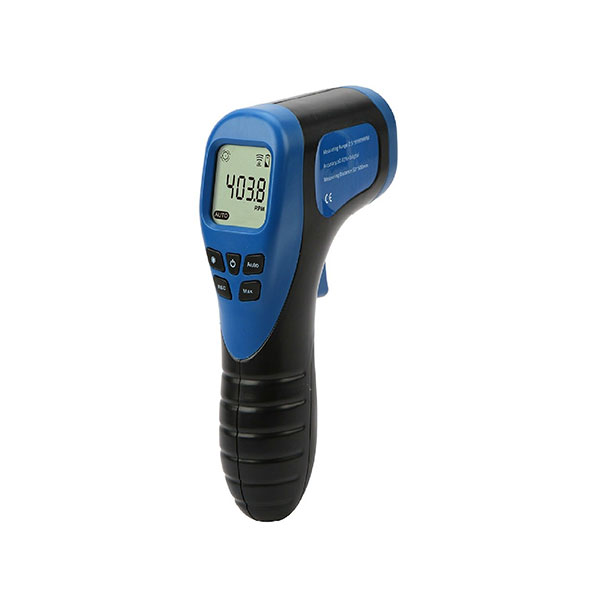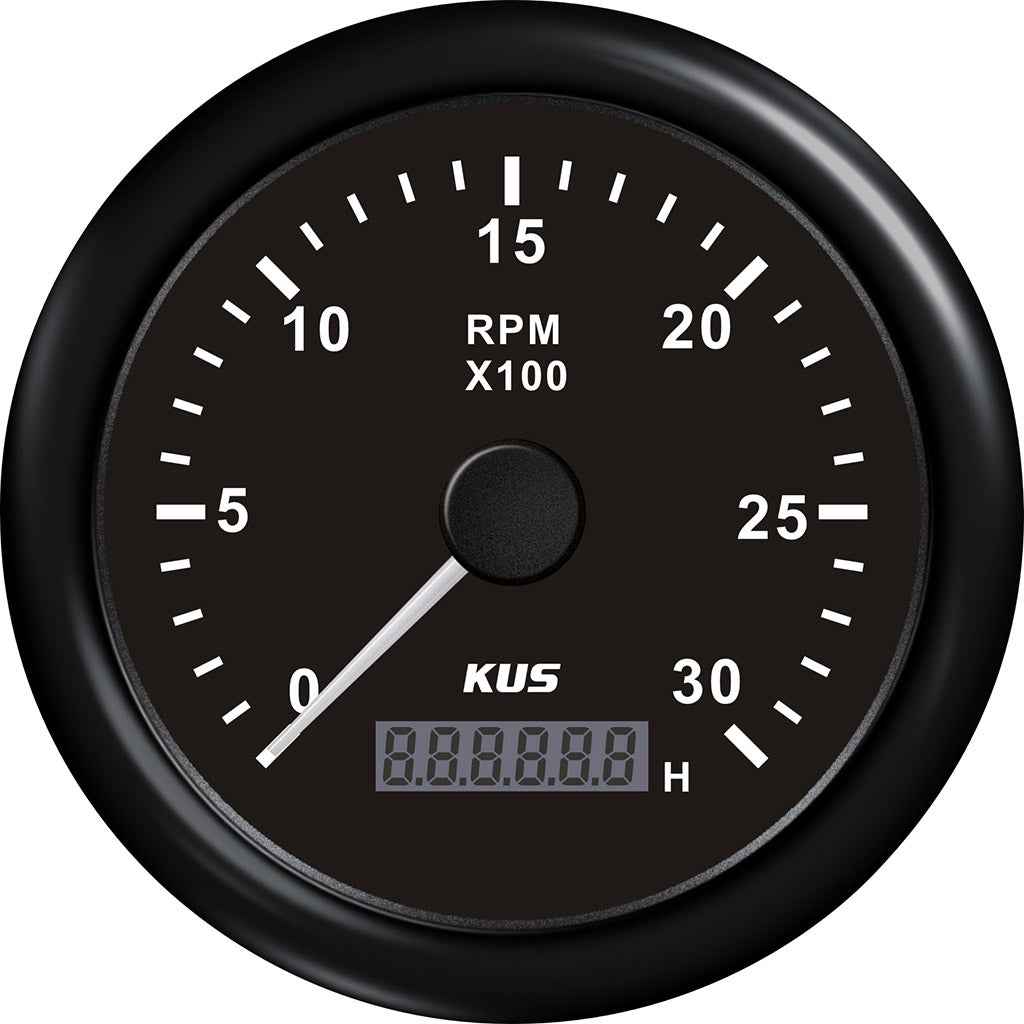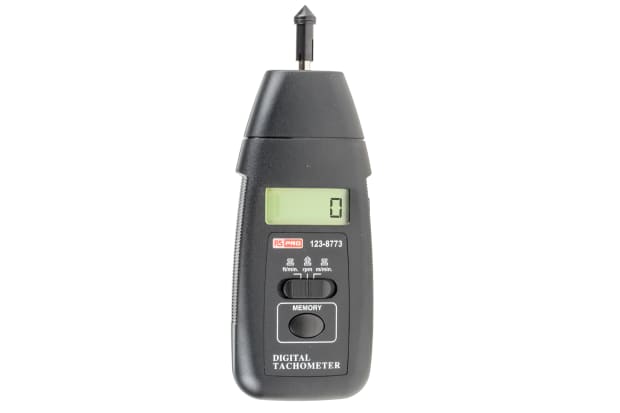The Value of a Tachometer in Keeping An Eye On Engine Rate and Performance in Automotive Applications
In the realm of auto design, the tachometer stands as a critical tool in the motorist's collection, supplying a straight window into the internal operations of a vehicle's engine. Past its feature as a plain gauge of revolutions per min (RPM), the tachometer serves as an essential device for fanatics and specialists alike, offering real-time understandings right into engine performance and health. Recognizing the relevance of this gadget goes past surface-level monitorings, delving right into the elaborate partnership in between engine speed, power result, and overall driving experience. As we check out the complex role of the tachometer in automobile applications, a much deeper appreciation for its impact on automobile dynamics and performance begins to emerge.
Value of Keeping Track Of Engine RPM
Keeping track of engine RPM, or changes per min, is a vital element of automobile upkeep and performance examination. Engine RPM directly associates with the rate at which the engine's crankshaft rotates, indicating how promptly the engine is running.
Additionally, checking engine RPM is vital for efficiency evaluation in racing and high-performance vehicles. Maintaining optimum RPM degrees is vital for accomplishing peak power result and velocity. Racers often use tachometers to guarantee they are operating within the suitable RPM array for optimum performance. In recap, checking engine RPM is not only vital for finding problems however additionally for maximizing engine performance in various automobile applications.

Benefits of Real-Time Information
In automobile applications, real-time information plays a crucial duty in providing instantaneous understandings right into the efficiency and problem of the lorry. By continuously keeping track of different specifications such as engine speed, temperature, fuel usage, and extra, real-time information uses numerous advantages that add to enhanced effectiveness and security when traveling.
In addition, real-time information helps with efficiency optimization by offering instant feedback on driving practices and engine effectiveness. Motorists can readjust their habits in real-time based on this information to accomplish better fuel economic climate and prolong the life expectancy of their lorry.

Furthermore, real-time information plays an important function in modern-day auto diagnostics, allowing professionals to promptly diagnose and deal with malfunctions. This leads to reduced downtime, lower maintenance expenses, and inevitably, improved general vehicle reliability and long life (tachometer). By harnessing the power of real-time information, vehicle stakeholders can make informed choices that positively impact both the performance and longevity of the car
Impact on Gear Shifts
The tachometer plays an essential function in enhancing equipment changes by giving real-time engine speed information to the motorist. When coming close to the redline on the tachometer, it signifies the driver to upshift to prevent over-revving the engine and triggering potential damage.
Moreover, the tachometer aids in achieving smoother gear changes, particularly in hand-operated transmissions. By checking engine rate, motorists can execute equipment changes at the optimal RPM array, minimizing jerking activities and decreasing endure the transmission parts. This precision on duty adjustments not only enhances driving comfort yet also adds to fuel efficiency.
Enhancing Gas Efficiency
Given the essential function the tachometer plays in maximizing equipment shifts for efficiency and engine health and wellness, it straight adds to making the most of fuel effectiveness in automotive applications. By offering real-time comments on engine speed, the tachometer aids drivers in maintaining my sources the most efficient RPM range for fuel economy. When motorists regularly keep an eye on the tachometer and readjust their motoring practices accordingly, they can avoid unnecessary fuel intake triggered by over-revving or lugging the engine.
Additionally, the tachometer assists motorists recognize the most fuel-efficient equipment to be in at any type of given minute, preventing the engine from working tougher than essential. In final thought, the tachometer offers as a valuable tool in enhancing gas effectiveness by advertising optimal driving practices and identifying areas for enhancement in the automobile's efficiency.

Maximizing Engine Durability
The tachometer's function in checking engine rate and efficiency is crucial in making certain the longevity of automotive engines. Keeping track of the tachometer permits vehicle drivers to stay within the recommended RPM variety for their lorry, stopping unnecessary strain on the engine and expanding its lifespan.

Conclusion
To conclude, the tachometer plays an important role in keeping track of engine speed and efficiency in automobile applications. By giving real-time information on RPM, it enables effective gear changes, improved gas efficiency, and made best use of engine long their website life. This device is crucial for preserving ideal engine efficiency and making certain the total capability of pop over to these guys an automobile.